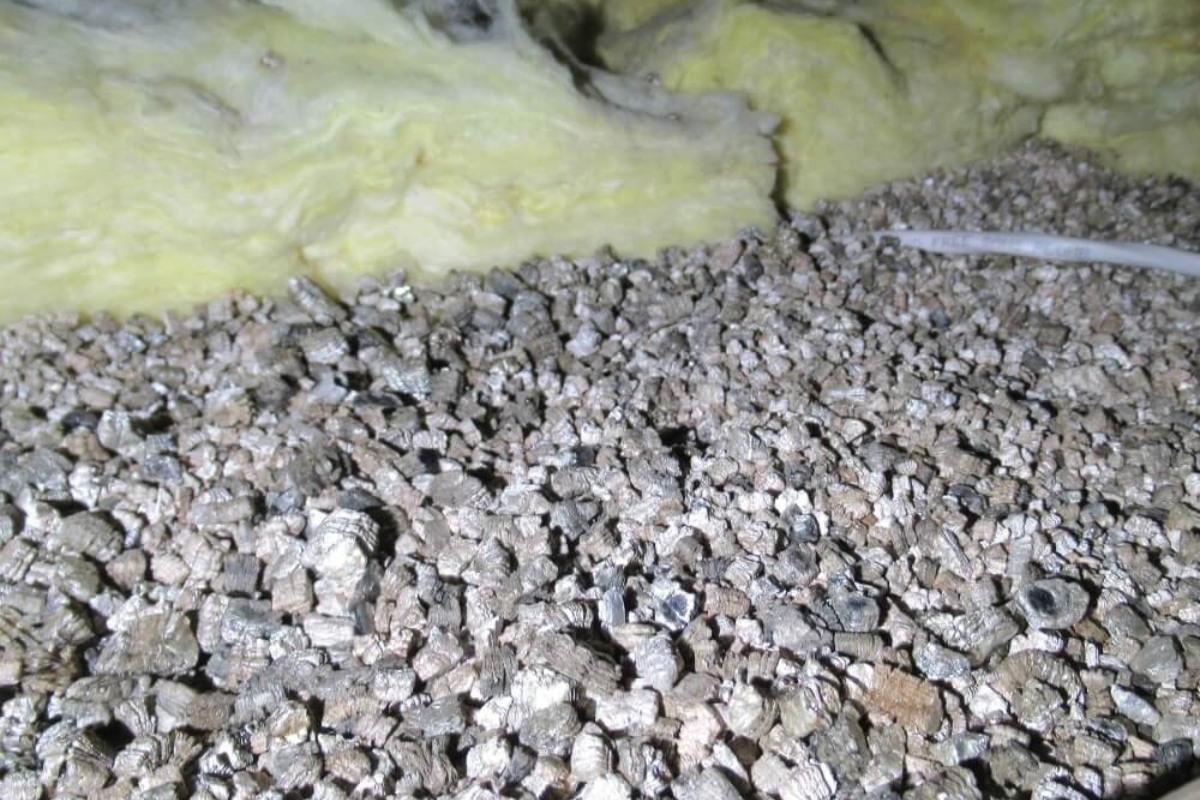

Articles
When Was Vermiculite Insulation Used
Modified: October 20, 2024
Find informative articles on the history and usage of vermiculite insulation
(Many of the links in this article redirect to a specific reviewed product. Your purchase of these products through affiliate links helps to generate commission for Storables.com, at no extra cost. Learn more)
Introduction
Vermiculite insulation is a type of insulation material that was widely used in construction projects from the late 1940s to the early 1990s. It is composed of a natural mineral called vermiculite, which is mined and processed into a lightweight and fire-resistant material.
Vermiculite insulation was highly regarded for its excellent insulating properties, making it a popular choice among homeowners and builders. It offers superb thermal resistance, making homes more energy-efficient by reducing heat transfer. Besides its insulation capabilities, vermiculite is also known for its sound-dampening qualities, making it a versatile option for various construction applications.
The origin of vermiculite insulation can be traced back to Libby, Montana, where the largest vermiculite mine in the United States was located. The mine operated for several decades, supplying vermiculite to numerous manufacturers for use in insulation products.
During its heyday, vermiculite insulation was widely used in residential and commercial buildings, especially in attics and walls. It was an affordable and effective option for improving energy efficiency and reducing heating and cooling costs.
However, in the early 1990s, concerns were raised about the safety of vermiculite insulation due to its potential asbestos contamination. Asbestos is a hazardous mineral that can cause severe health problems when inhaled, including lung cancer and mesothelioma.
This revelation brought the use of vermiculite insulation under intense scrutiny and led to government regulations and guidelines for its safe handling and removal.
In this article, we will explore the history of vermiculite insulation, its popularity and usage, the health concerns associated with it, and the measures taken to regulate and remediate vermiculite insulation in buildings.
Key Takeaways:
- Vermiculite insulation, once popular for its thermal resistance and sound-dampening qualities, now raises health concerns due to potential asbestos contamination. It’s crucial to prioritize safety and seek professional assistance for testing and removal.
- The Zonolite brand of vermiculite insulation, widely used in North America, became synonymous with asbestos contamination. Homeowners and building occupants should be cautious, seek professional testing, and adhere to regulations for safe handling and removal.
Read more: How To Remove Vermiculite Attic Insulation
What is Vermiculite Insulation?
Vermiculite insulation is a type of loose-fill insulation material made from natural vermiculite. Vermiculite is a mineral that undergoes a heating process to expand it into a lightweight, fire-resistant material. The resulting insulation product consists of small, pebble-like particles.
One of the key characteristics of vermiculite insulation is its excellent thermal resistance. It works by trapping pockets of air within its structure, which helps to slow down the transfer of heat between the interior and exterior of a building. This makes vermiculite insulation an effective tool for improving energy efficiency and reducing heating and cooling costs.
Vermiculite insulation is also known for its sound-absorbing properties, making it an attractive option for reducing noise transmission within buildings. It can help create a quieter and more comfortable living or working environment.
Another advantage of using vermiculite insulation is its resistance to fire. Due to its composition, it does not easily catch fire or spread flames. This can provide added protection and peace of mind for homeowners.
Furthermore, vermiculite insulation is non-corrosive, which means it does not degrade or corrode over time. It is also resistant to pests and rodents, making it a durable and long-lasting choice for insulating attics, walls, and other areas in a building.
Vermiculite insulation is typically installed as a loose-fill material, meaning it is poured or blown into cavities or spaces within a building. It is often used in attics, as it can be easily spread over the existing insulation or applied onto the floor. It can also be used in walls, floors, and other areas where insulation is needed.
Overall, vermiculite insulation offers a range of benefits, including excellent thermal performance, sound absorption, fire resistance, durability, and ease of installation. However, it is important to consider the potential health risks associated with vermiculite insulation, as it may contain traces of asbestos, a harmful substance.
Origin and Production of Vermiculite Insulation
The origin of vermiculite insulation can be traced back to the discovery of vermiculite deposits in Libby, Montana in the early 1900s. Libby became the largest producer of vermiculite in the United States and supplied the majority of the vermiculite used for insulation purposes.
Vermiculite is a natural mineral that is formed through the weathering of certain rocks over millions of years. It is primarily composed of hydrated phyllosilicate minerals, which give it its unique properties.
Once the vermiculite deposits are identified, they are mined using conventional open-pit mining methods. The ore is then transported to processing plants where it undergoes a series of treatments to create the insulation material.
The first step in the production process is the crushing and grinding of the raw vermiculite ore. This process reduces the large chunks of vermiculite into smaller particles, making it easier to handle and process further.
After crushing and grinding, the vermiculite is subjected to a heating process known as exfoliation. This involves exposing the ore to high temperatures, typically around 900 to 1000 degrees Celsius (1650 to 1850 degrees Fahrenheit). The heat causes the vermiculite to expand by up to 30 times its original size, resulting in the characteristic lightweight and fluffy structure.
The expanded vermiculite, also known as exfoliated vermiculite, is then screened and graded into various particle sizes. This allows for the production of different types of vermiculite insulation with specific uses and characteristics.
The final step in the production process is bagging and packaging the vermiculite insulation for distribution. It is typically sold in bags or sacks, ready to be used for insulation purposes in residential, commercial, and industrial buildings.
It is important to note that while vermiculite insulation was widely used for its excellent insulating properties, not all vermiculite is suitable for insulation. The vermiculite from the Libby mine, in particular, has been found to have high levels of asbestos contamination, posing health risks when disturbed or inhaled.
To address the concerns regarding asbestos contamination, it is crucial to ensure that vermiculite insulation used in buildings is sourced from reputable and asbestos-free mines. Additionally, proper testing and analysis should be conducted to verify the safety of the vermiculite insulation before installation.
Popularity and Usage of Vermiculite Insulation
During its heyday, vermiculite insulation gained significant popularity and was widely used in residential and commercial construction projects. Its excellent insulating properties, lightweight nature, and ease of installation contributed to its widespread usage.
Vermiculite insulation was particularly popular in the United States from the late 1940s to the early 1990s. It was used in various applications, with one of the most common being attic insulation. Homeowners and builders often chose vermiculite insulation to improve the energy efficiency of their homes and reduce heating and cooling costs.
One of the reasons for the popularity of vermiculite insulation was its affordability compared to other insulation materials available in the market. It was a cost-effective option that provided decent thermal resistance and sound-dampening capabilities.
The lightweight nature of vermiculite insulation made it easy to handle and install, allowing for quick and efficient installation. It could be poured or blown into attics, walls, and other spaces, filling voids and creating a barrier to heat transfer.
Furthermore, vermiculite insulation was favored for its fire-resistant properties. It does not easily ignite or spread flames, providing an added safety feature for buildings and homeowners.
In addition to its insulation benefits, vermiculite insulation was also appreciated for its sound-absorbing qualities. It helped reduce noise transmission between rooms or from external sources, creating a more peaceful and comfortable living environment.
However, the popularity of vermiculite insulation diminished significantly in the early 1990s when concerns arose regarding the presence of asbestos in some vermiculite products. Asbestos is a hazardous mineral that can cause severe health issues when inhaled, including lung cancer and mesothelioma.
It was discovered that vermiculite from the Libby mine in Montana, which supplied a significant portion of the vermiculite used for insulation, contained high levels of asbestos contamination. This revelation led to a decline in the use of vermiculite insulation and triggered investigations, regulations, and remediation efforts.
Today, the usage of vermiculite insulation is highly regulated, and precautions must be taken to ensure the safety of the building occupants. It is essential to test vermiculite insulation for asbestos contamination and, if detected, follow proper asbestos removal procedures to minimize health risks.
In summary, vermiculite insulation was once a popular choice for homeowners and builders due to its affordability, insulation properties, ease of installation, and fire resistance. However, concerns about asbestos contamination have since reduced its popularity, emphasizing the importance of sourcing vermiculite insulation from reputable suppliers and conducting proper testing.
Vermiculite insulation was commonly used in homes from the 1920s to the 1990s. If you suspect your home has vermiculite insulation, have it tested for asbestos before any renovations or removal.
Health Concerns and Risks Associated with Vermiculite Insulation
While vermiculite insulation offered numerous benefits as an insulation material, it also poses significant health risks due to potential asbestos contamination. Asbestos is a naturally occurring mineral that was commonly used in building materials for its fire-resistant properties before its health hazards were recognized.
Asbestos fibers are microscopic and can easily become airborne when materials containing asbestos are disturbed or deteriorate over time. Inhalation of asbestos fibers can lead to various serious health conditions, including lung cancer, mesothelioma, and asbestosis.
One of the major concerns with vermiculite insulation is that it may contain asbestos, particularly if it was sourced from the Libby mine in Montana. This mine was found to have significant asbestos contamination, which could result in vermiculite insulation containing asbestos fibers.
Exposure to asbestos-containing vermiculite insulation can occur if the insulation is disturbed during renovation or maintenance work. For example, cutting or drilling into walls, ceilings, or attic spaces that contain vermiculite insulation can release asbestos fibers into the air. Once airborne, these fibers can be inhaled by individuals in the vicinity, increasing the risk of asbestos-related diseases.
It is important to note that asbestos fibers are not visible to the naked eye, and determining the presence of asbestos in vermiculite insulation requires laboratory testing. Therefore, it is essential to exercise caution when dealing with vermiculite insulation, especially if the material is suspected to be contaminated with asbestos.
For properties that contain vermiculite insulation that is presumed to contain asbestos, it is recommended to seek professional assistance for testing and safe removal. Proper asbestos removal procedures should be followed to minimize the release of fibers and protect the health of individuals involved in the process.
It is worth noting that not all vermiculite insulation is necessarily contaminated with asbestos. However, due to the potential risks involved, it is advisable to err on the side of caution and assume that vermiculite insulation may contain asbestos unless confirmed otherwise through testing.
Regular monitoring and maintenance of vermiculite insulation can also help reduce the risks associated with potential asbestos exposure. Keeping the insulation undisturbed and in good condition can minimize the likelihood of fibers becoming airborne.
Ultimately, the health concerns and risks stemming from vermiculite insulation underline the importance of awareness, proper testing, and adherence to asbestos-related regulations and guidelines for safe handling and removal.
Read more: When To Use Encapsulated Insulation
The Zonolite Brand and Asbestos Contamination
The Zonolite brand of vermiculite insulation was one of the most widely used and recognized brands in North America. It was manufactured by the W.R. Grace Company and distributed throughout the United States and Canada from the 1940s to the early 1990s.
Unfortunately, the Zonolite brand of vermiculite insulation became synonymous with asbestos contamination. The vermiculite used in Zonolite insulation was sourced from the Libby mine in Montana, which was found to have extensive asbestos deposits.
Due to the proximity of the asbestos deposits to the vermiculite ore, much of the vermiculite mined from the Libby mine was naturally contaminated with asbestos fibers. As a result, the Zonolite brand and other vermiculite insulation products made with Libby vermiculite became a significant concern for public health.
Exposure to asbestos-containing Zonolite insulation can occur when the material is disturbed during renovation or maintenance activities. This can release asbestos fibers into the air, posing a risk of inhalation and subsequent development of asbestos-related diseases.
The health risks associated with Zonolite insulation led to increased awareness and regulatory actions. The U.S. Environmental Protection Agency (EPA) and Health Canada issued guidelines and recommendations for the testing, handling, and removal of vermiculite insulation to minimize health hazards.
It is important to note that not all vermiculite insulation is the Zonolite brand, nor is all vermiculite insulation automatically contaminated with asbestos. However, the presence of asbestos in vermiculite insulation, particularly from the Libby mine, is a significant concern.
To determine if Zonolite insulation or any other vermiculite insulation contains asbestos, testing by accredited laboratories is crucial. Professional asbestos testing can identify the presence and concentration of asbestos fibers in the insulation, allowing for appropriate steps to be taken to ensure safety.
If Zonolite or other vermiculite insulation containing asbestos is discovered in a building, proper precautions should be taken during renovation or removal activities. Hiring professionals trained in asbestos abatement is essential to protect the health of individuals and to comply with regulations and guidelines.
Homeowners and building occupants should be cautious when dealing with Zonolite insulation or any vermiculite insulation that is suspected to contain asbestos. It is recommended to avoid direct contact, minimize disturbance, and seek professional assistance to address any concerns related to asbestos exposure.
The Zonolite brand’s association with asbestos contamination serves as a reminder of the importance of regular testing and taking appropriate measures to ensure the safety of individuals when dealing with vermiculite insulation.
Regulation and Remediation of Vermiculite Insulation
Due to the health risks associated with asbestos-contaminated vermiculite insulation, various regulations and guidelines have been implemented to ensure the safe handling, testing, and removal of vermiculite insulation in buildings.
In the United States, the Environmental Protection Agency (EPA) provides guidance on vermiculite insulation that may contain asbestos. The EPA recommends that homeowners assume vermiculite insulation is contaminated with asbestos and take appropriate precautions. They advise against disturbing the insulation and advise hiring professionals to conduct testing and removal.
Health Canada has also issued guidelines for dealing with vermiculite insulation. They recommend that vermiculite insulation that is suspected to contain asbestos should be treated as if it does. It is advised to avoid disturbing the insulation and to seek professional assistance for testing and removal.
When it comes to remediation of vermiculite insulation, it is crucial to hire professionals trained in asbestos abatement. These professionals have the knowledge, skills, and equipment to safely remove and dispose of the insulation in accordance with established procedures and regulations.
The process of vermiculite insulation remediation typically involves the following steps:
- Testing: Before any remediation work begins, the vermiculite insulation should be tested by accredited laboratories to confirm the presence of asbestos.
- Containment: Proper containment measures are implemented to prevent the spread of asbestos fibers during the removal process. This may involve sealing off the work area and using specialized equipment such as negative air machines to maintain negative air pressure.
- Removal: The vermiculite insulation is carefully removed by trained professionals using appropriate techniques and personal protective equipment to minimize the release of asbestos fibers.
- Cleanup and Disposal: After removal, the work area is thoroughly cleaned to remove any remaining asbestos particles. The contaminated materials are then properly sealed, packaged, and disposed of in accordance with local regulations.
- Testing and Clearance: Post-remediation testing is conducted to ensure that the area is free from asbestos contamination. If the results meet established clearance criteria, the area is considered safe for reoccupation.
It is important to note that vermiculite insulation removal should not be attempted as a DIY project. Improper handling and removal can result in the release of asbestos fibers, further increasing health risks.
Beyond remediation, ongoing monitoring and maintenance of buildings containing vermiculite insulation is recommended. Regular inspections can help identify any deterioration or disturbances to the insulation and allow for prompt action to minimize potential asbestos exposure.
By adhering to regulations, following proper removal procedures, and seeking professional assistance, the risks associated with vermiculite insulation can be effectively addressed, protecting the health and well-being of building occupants and workers.
Conclusion
Vermiculite insulation, once a popular choice for its insulation properties, ease of installation, and affordability, now raises significant concerns due to potential asbestos contamination. The health risks associated with asbestos fibers pose a serious threat to the well-being of individuals exposed to vermiculite insulation.
The origins of vermiculite insulation can be traced back to mines such as the Libby mine in Montana, where significant asbestos deposits were found. This led to widespread asbestos contamination in vermiculite insulation products like the well-known Zonolite brand.
Asbestos fibers, when inhaled, can cause severe health conditions such as lung cancer, mesothelioma, and asbestosis. Therefore, precautions must be taken to prevent disturbing vermiculite insulation that may contain asbestos.
Regulations and guidelines have been implemented by organizations like the EPA in the United States and Health Canada to address the dangers associated with vermiculite insulation. Homeowners and building occupants are advised to assume that vermiculite insulation contains asbestos and to seek professional assistance for testing, handling, and removal.
Remediation of vermiculite insulation should only be carried out by trained professionals with experience in asbestos abatement. The proper steps of containment, removal, cleanup, and disposal must be followed to ensure the safe removal of vermiculite insulation and minimize the release of asbestos fibers into the environment.
Regular monitoring and maintenance of vermiculite insulation in buildings is essential to identify any deterioration or disturbances that may increase the risk of asbestos exposure. Ongoing inspections can prompt timely action to address potential issues and protect the health of occupants.
In conclusion, while vermiculite insulation was once widely used for its insulation properties, it is crucial to prioritize safety in dealing with potential asbestos-contaminated vermiculite insulation. By adhering to regulations, seeking professional assistance, and taking necessary precautions, the risks associated with vermiculite insulation can be effectively managed, ensuring the well-being of individuals and creating safer living and working environments.
Frequently Asked Questions about When Was Vermiculite Insulation Used
Was this page helpful?
At Storables.com, we guarantee accurate and reliable information. Our content, validated by Expert Board Contributors, is crafted following stringent Editorial Policies. We're committed to providing you with well-researched, expert-backed insights for all your informational needs.
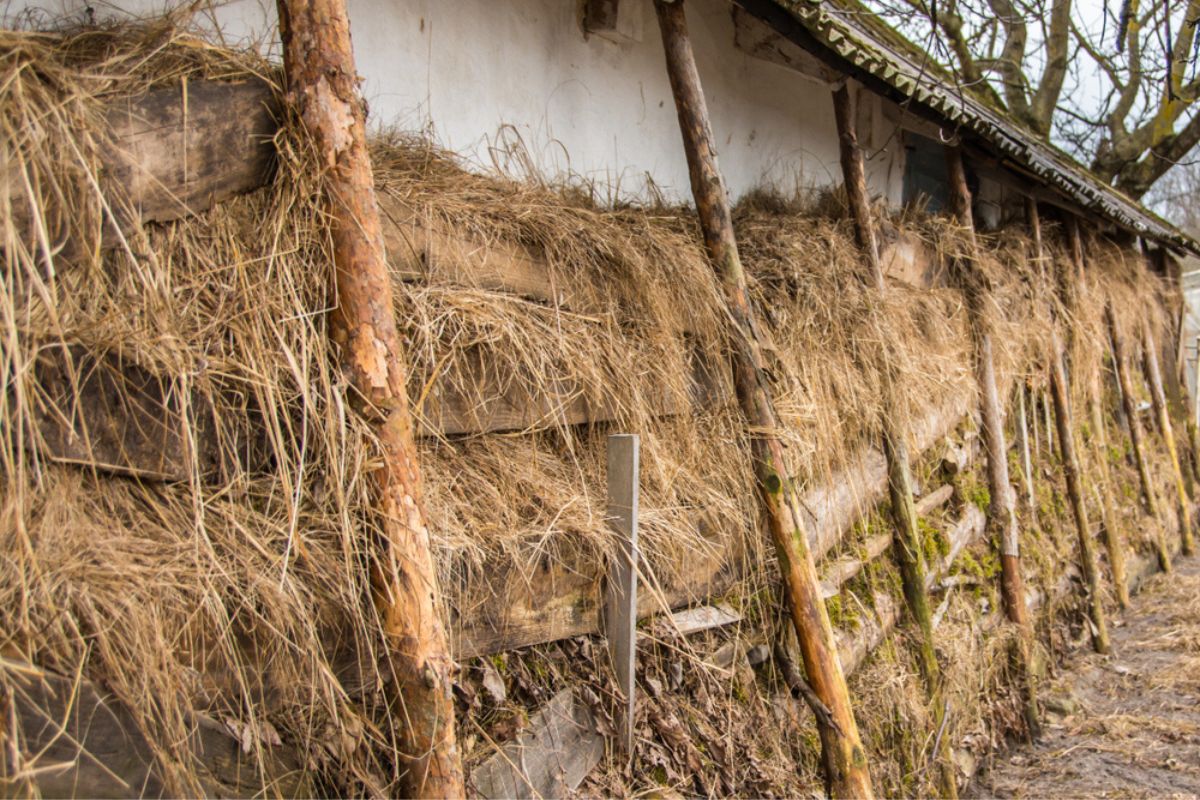
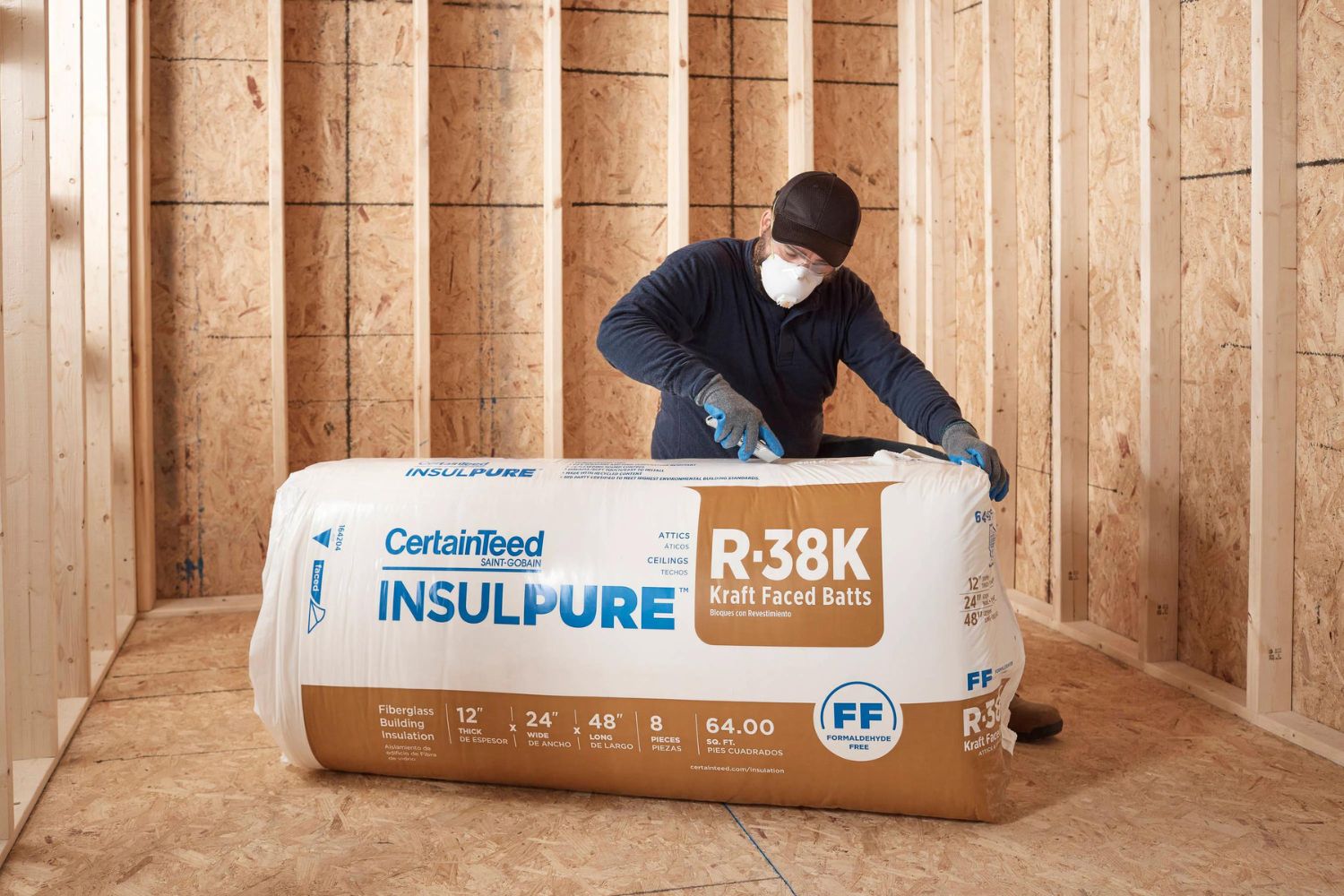
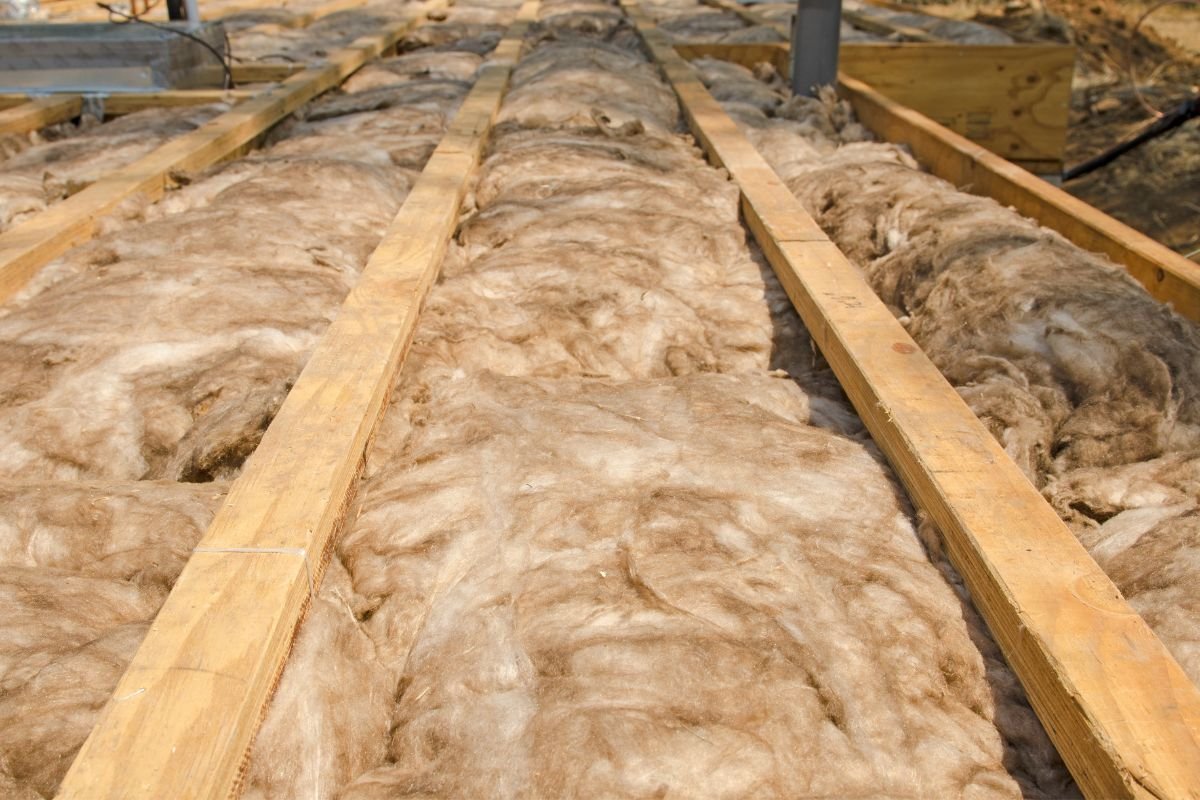
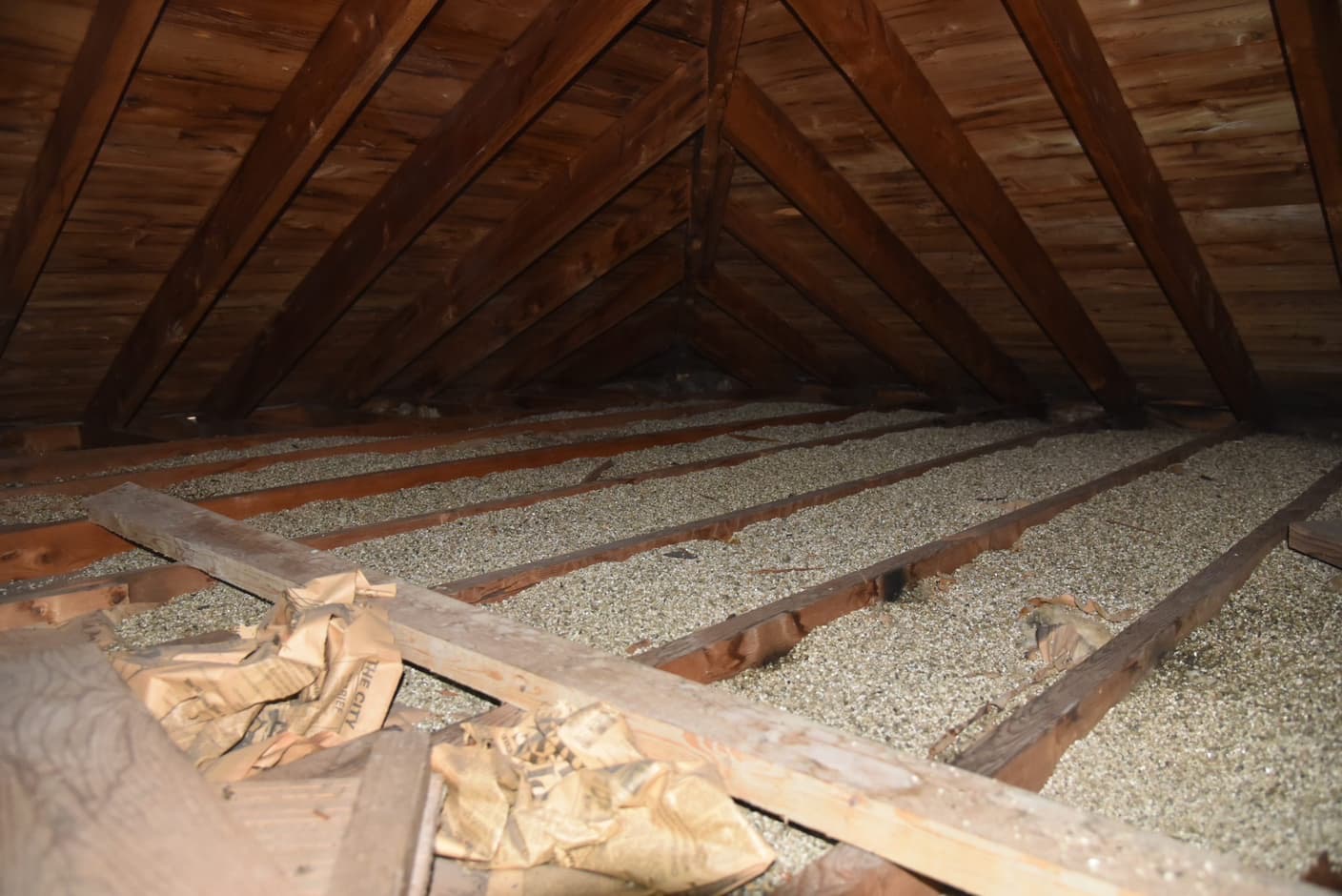
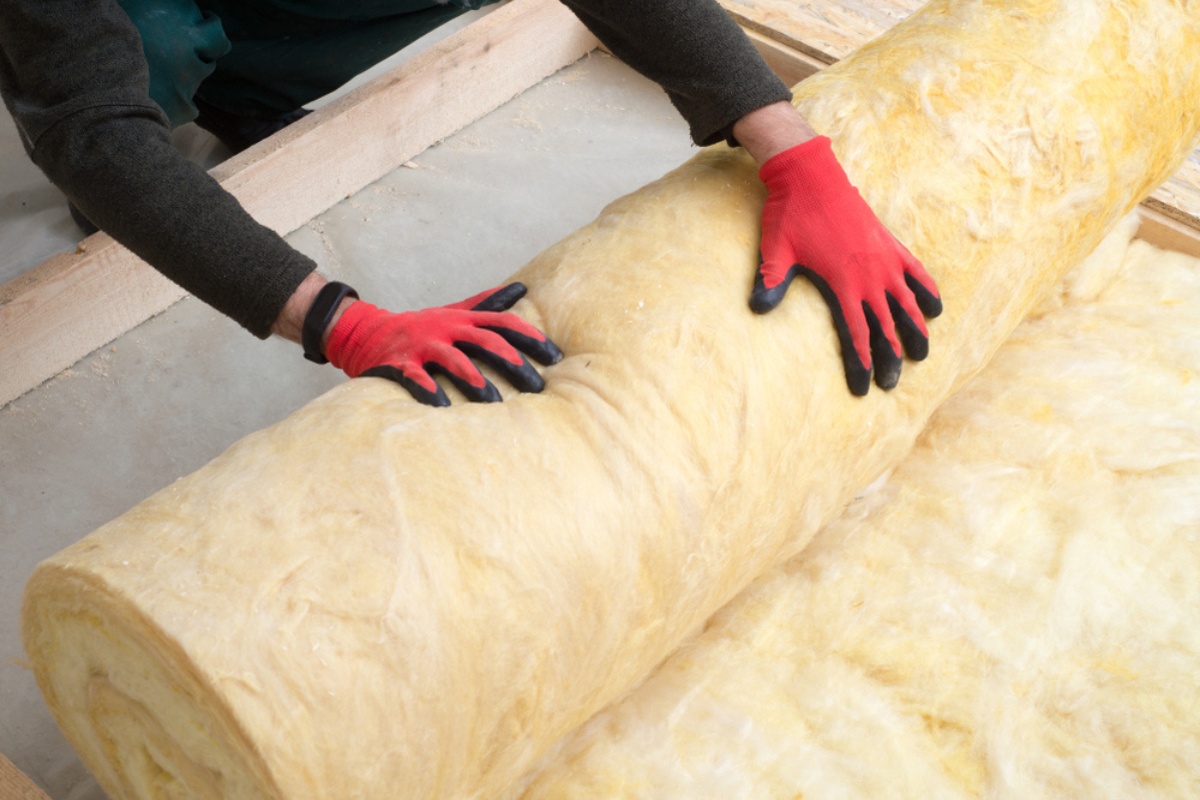
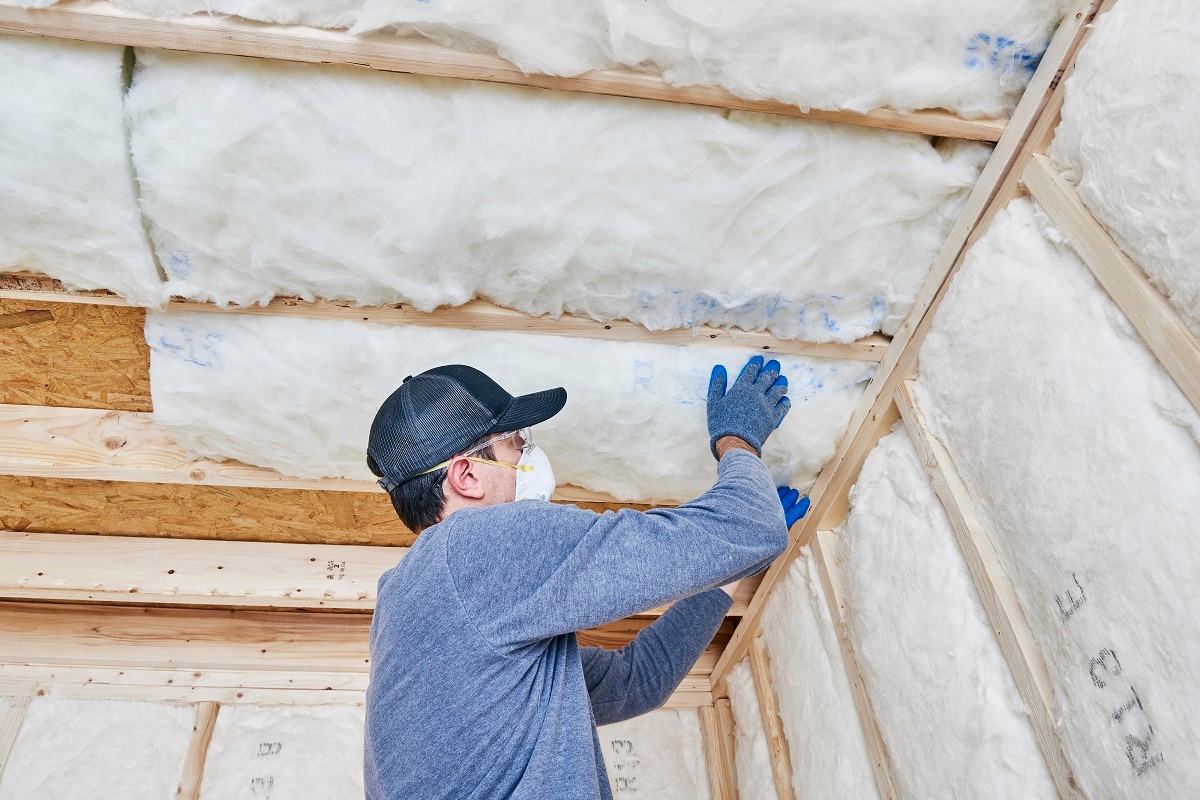
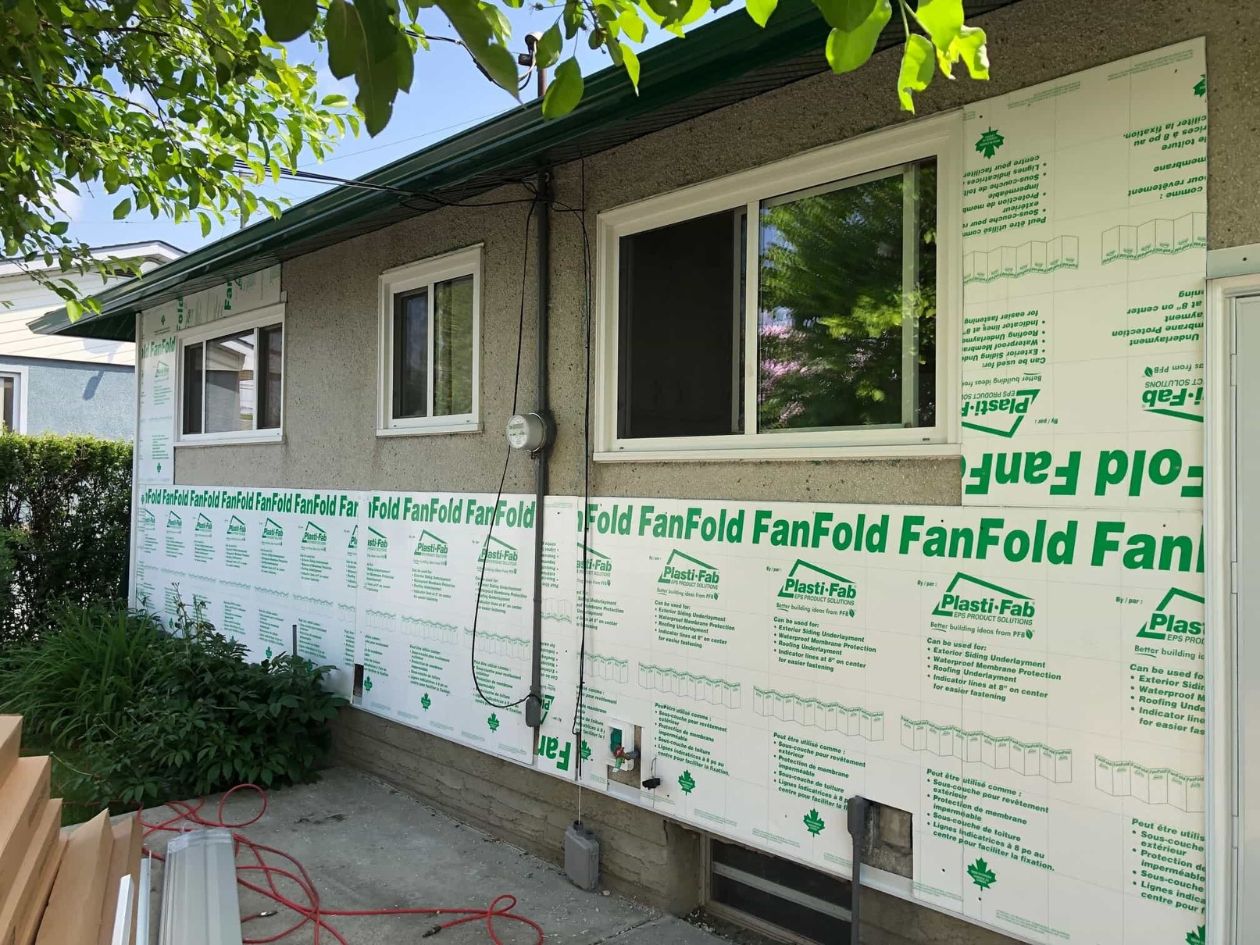
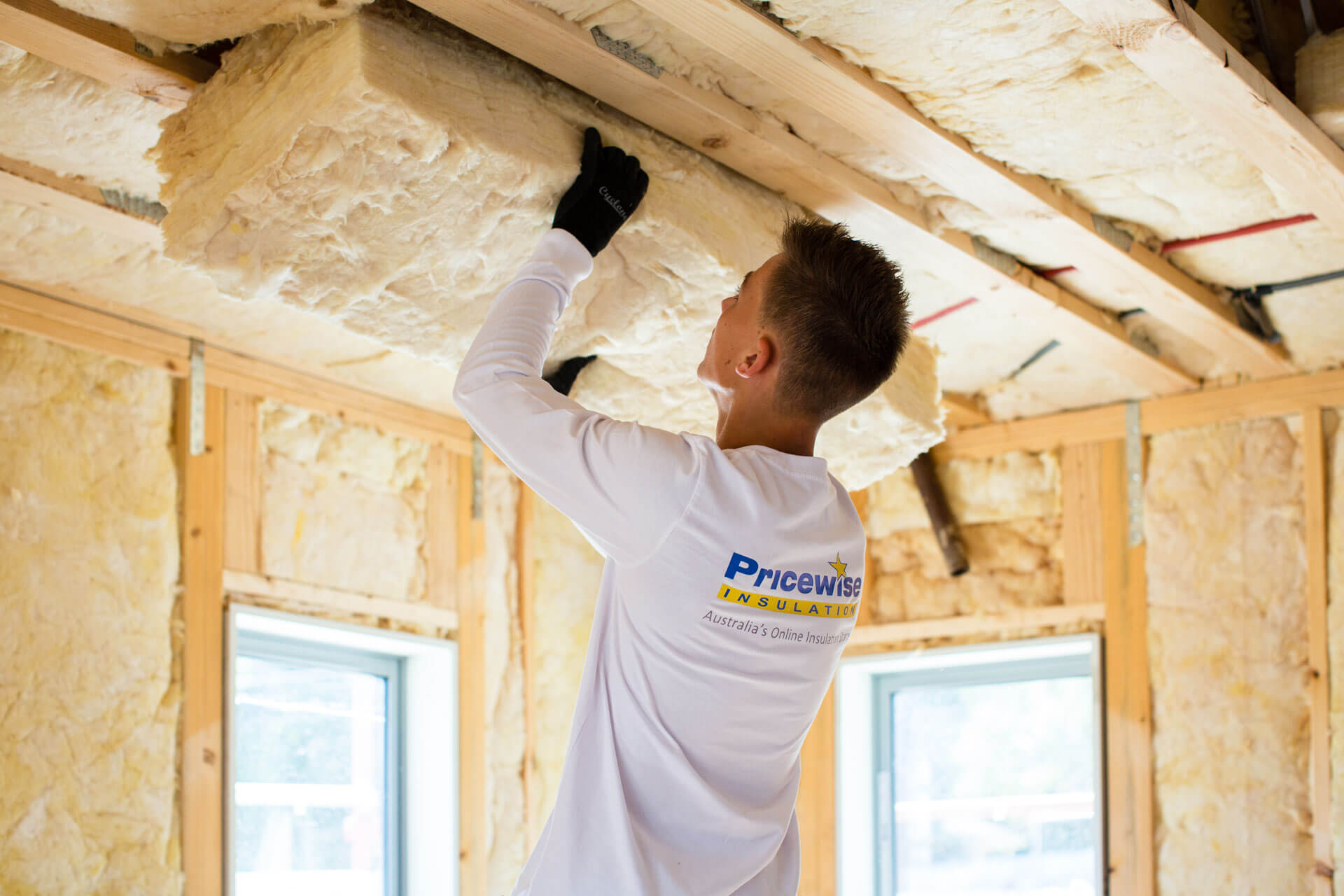
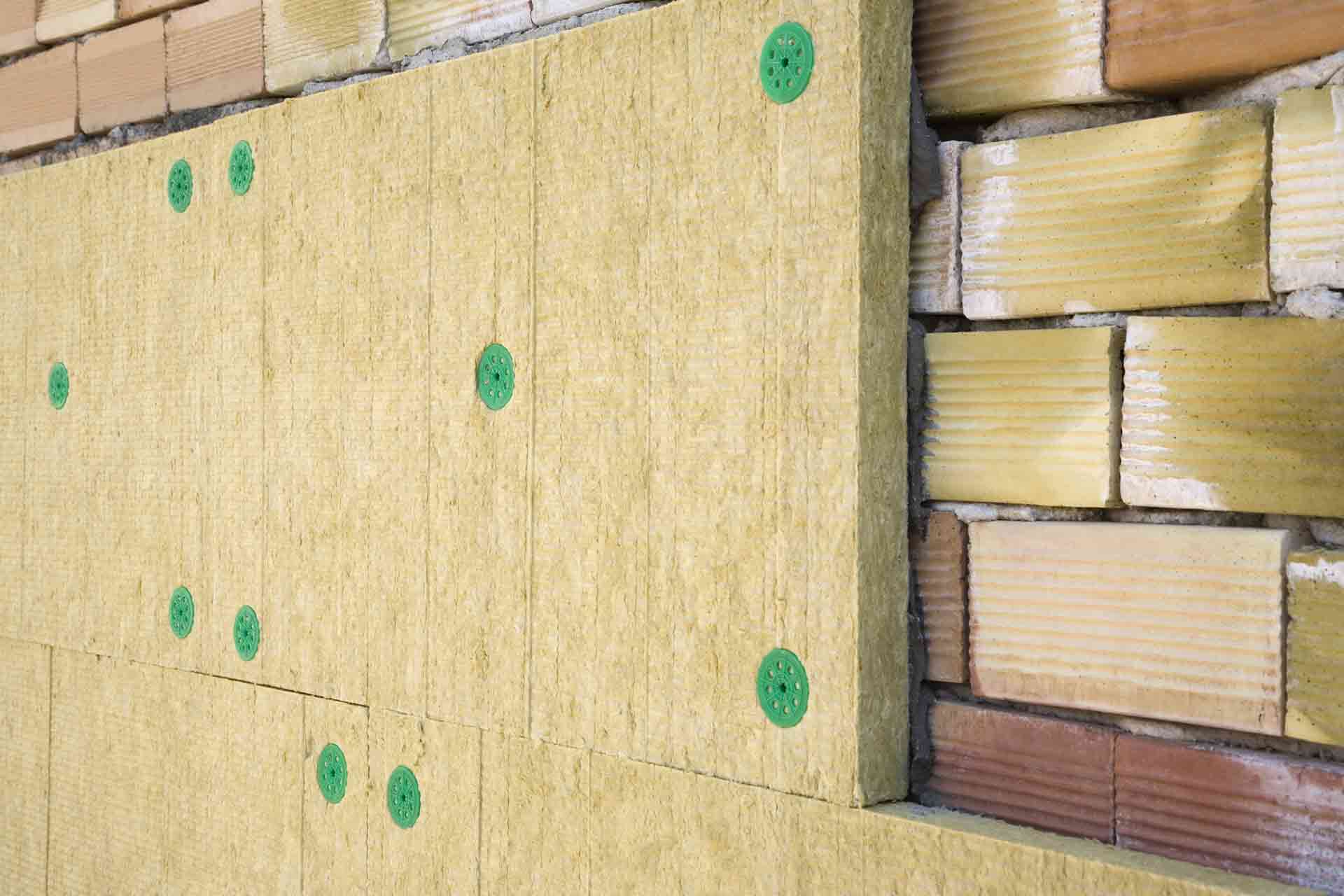
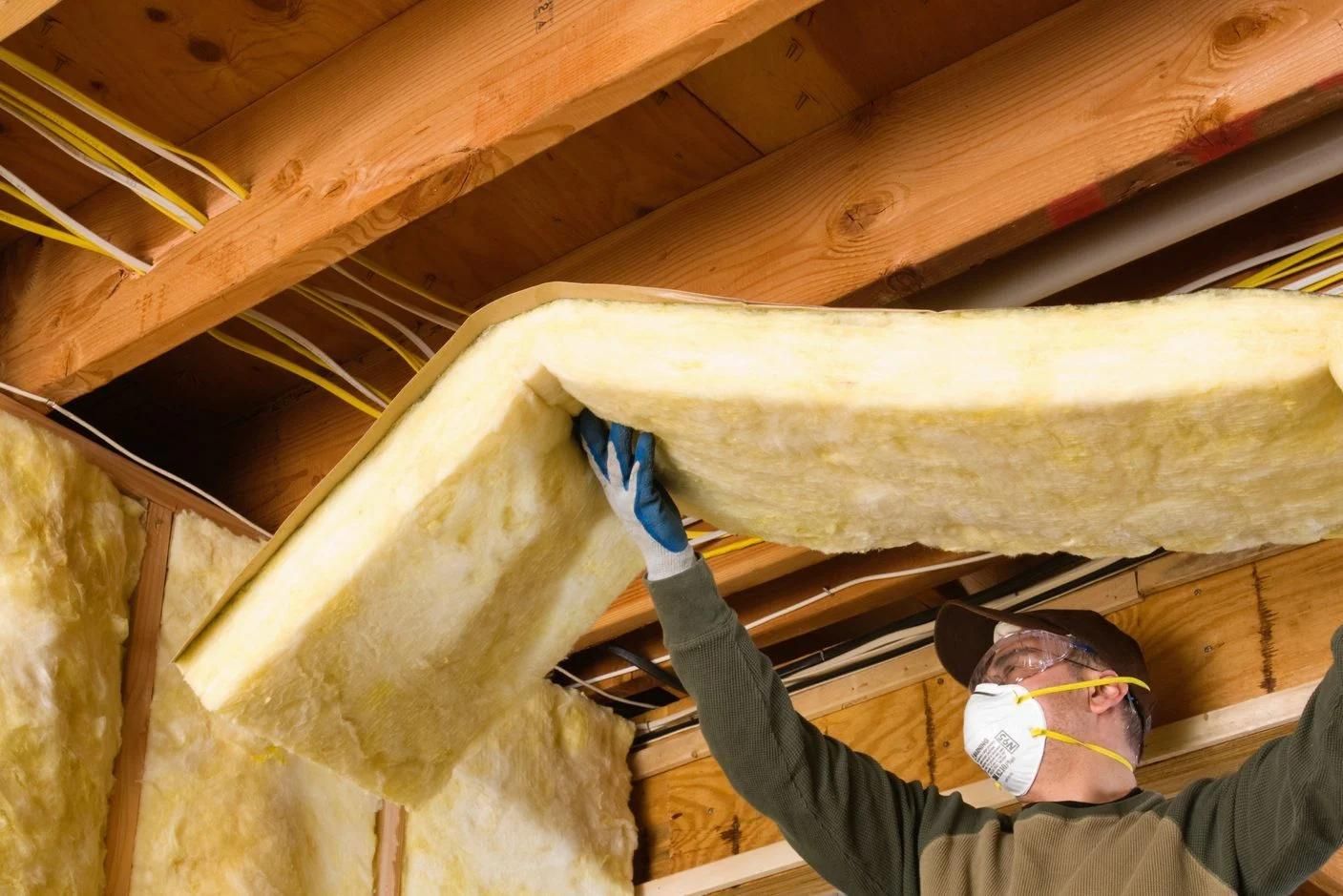
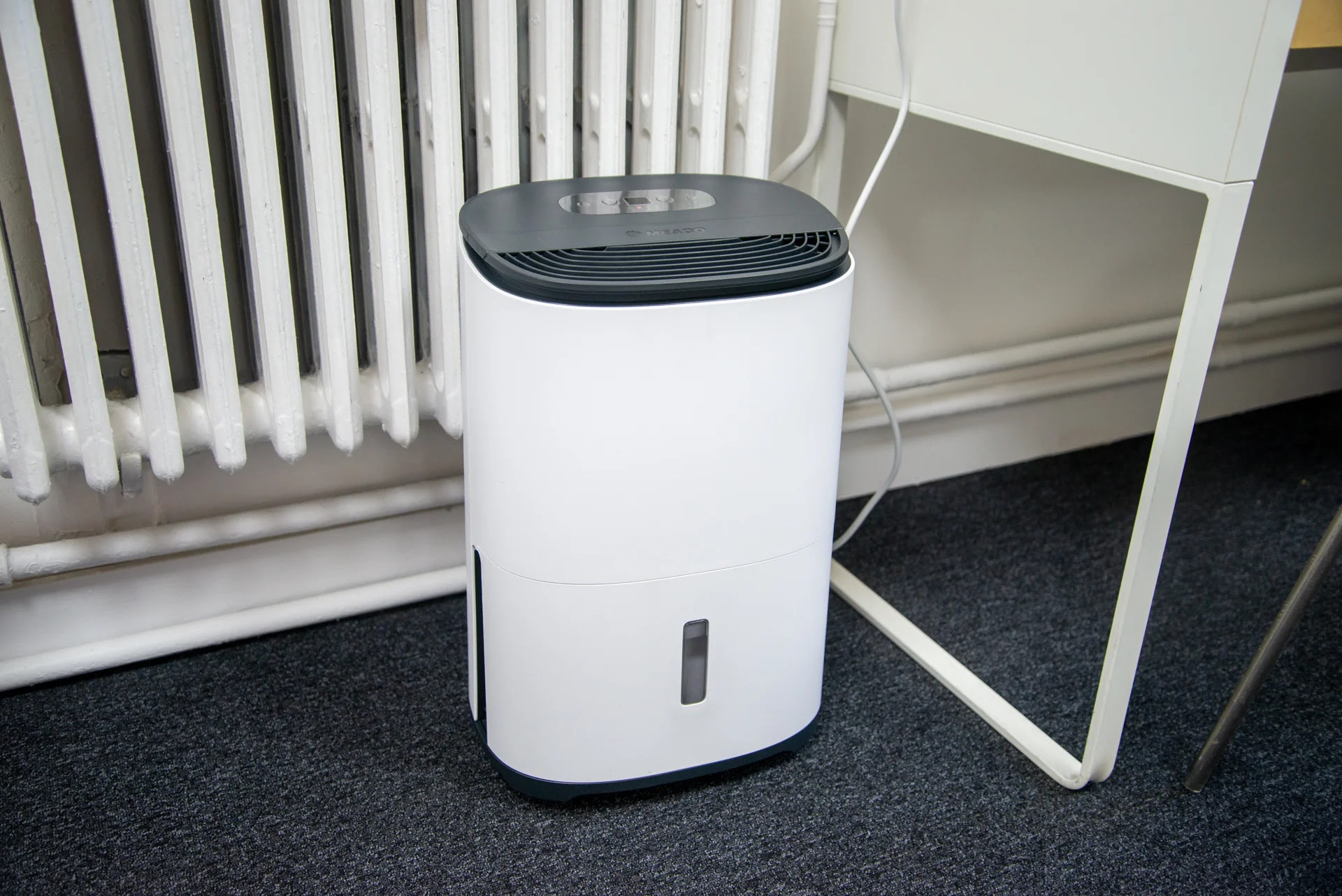
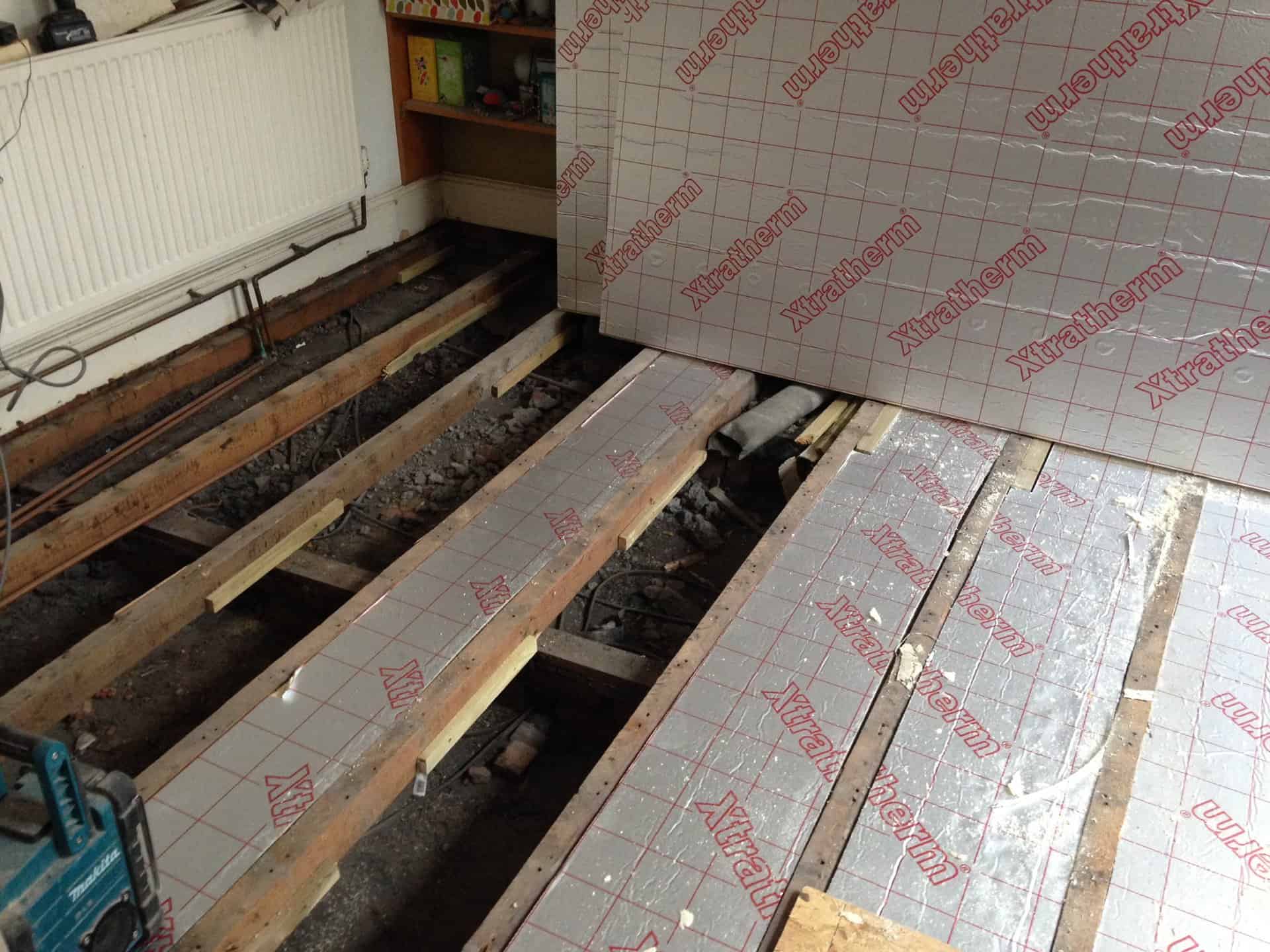
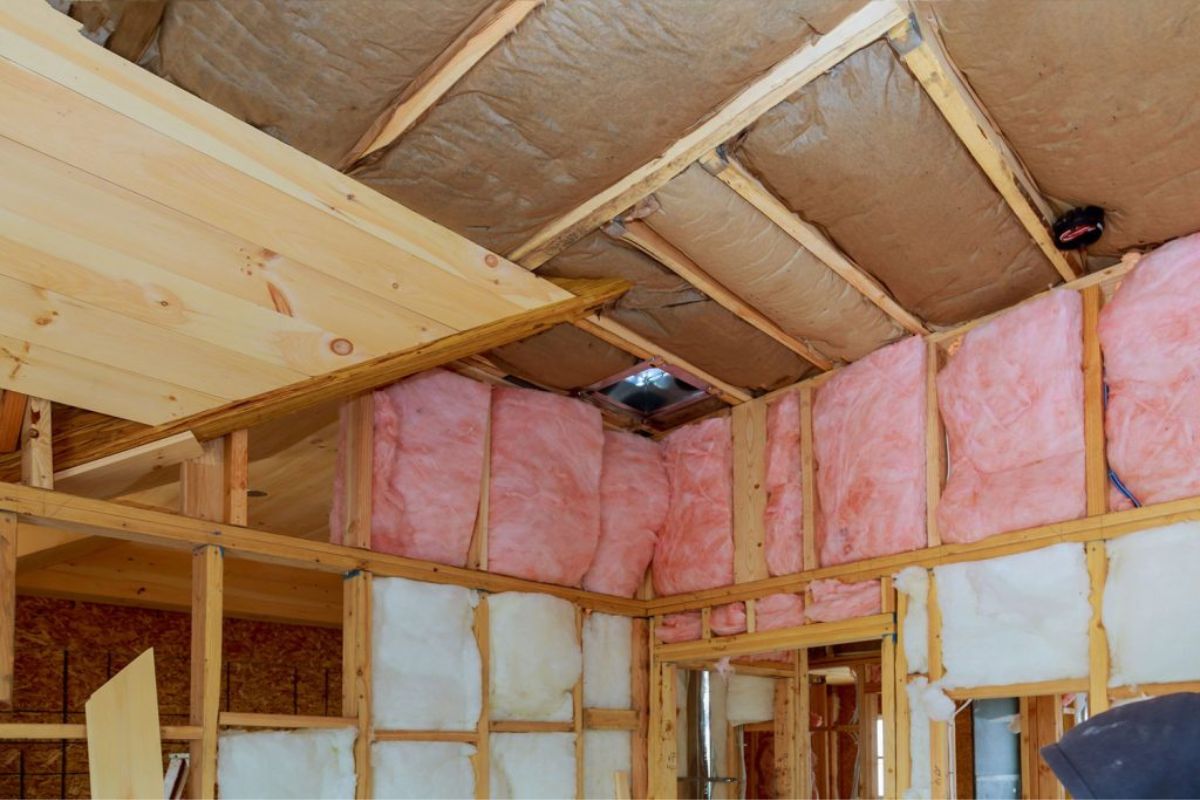


0 thoughts on “When Was Vermiculite Insulation Used”